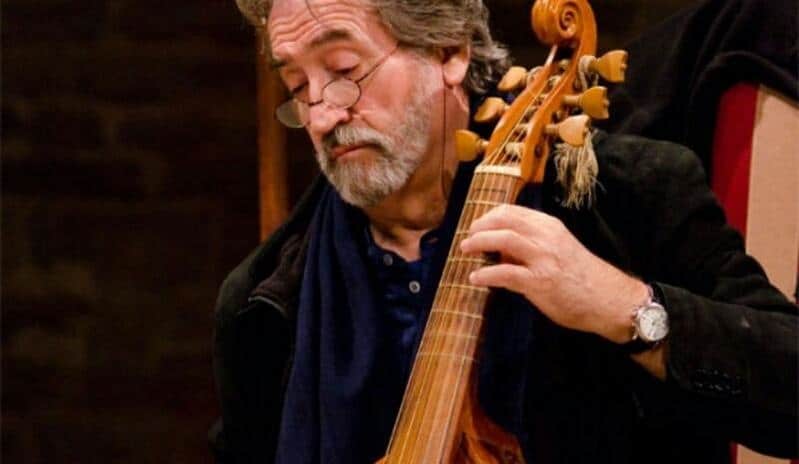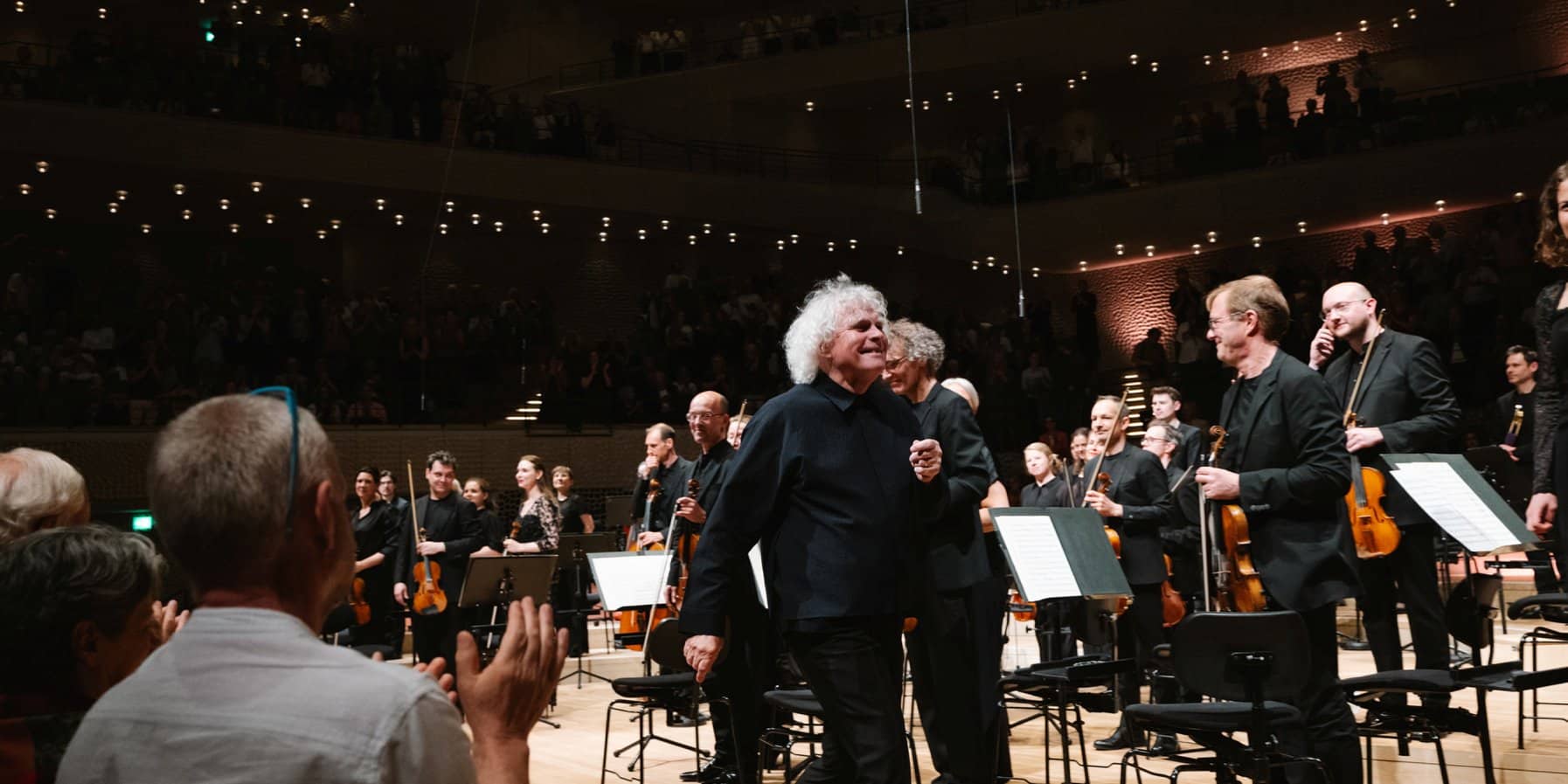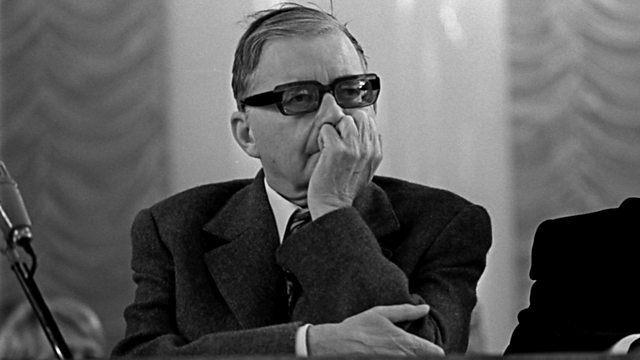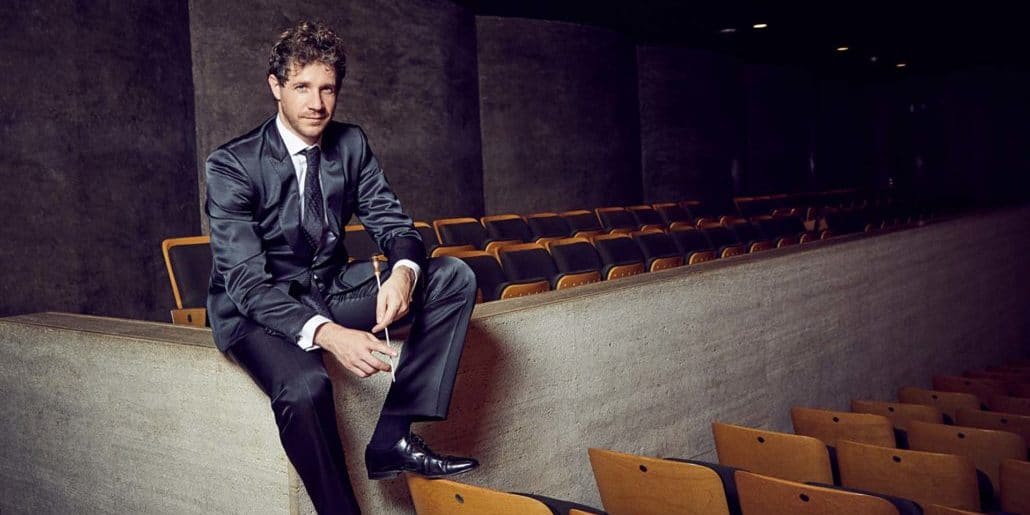Jordi Savall: We three risk-takers changed the sound of music
mainFrom an interview with Jordi in Platea magazine:
I was part of a group of artists who decided to take risks. And thanks to that, today, a variety of music has been recognized and has become part of the classical repertoire. This may have been possible because, at one point, someone like Leohardt decided he had to play with a harpsichord and not a piano; or someone like Harnoncourt who decided he would direct certain repertoire in a particular way. And I decided I would play the viola da gamba as I thought it should be played. I think I’ve been very consistent in my life and my way of making music. I started making music with Gustav Leonhardt when he created La Petite Bande, playing baroque repertoire with Anner Bylsma and Sigiswald Kuijken. I was in the creation of The English Concert, with Trevor Pinnock and Stephen Preston and I travelled every week from Basel to London to play with them. It was Nikolaus Harnoncourt who recommended me to substitute my teacher at the School Cantorum in Basel, in the subjects of chamber music and viola da gamba. It was a period in which each of us, in our own way, contributed to learn that music is not only important for what it means within the story but also has a value for what it can provide today.






The first postwar generation of HIP explorers (Historically Informed Performance) were courageous indeed, they showed how pre-classical and pre-19C music could sound, without the crust of pathos, and still very expressive and musical. It seems however, that later generations cemented a certain performance style as orthodoxy, and with lots of HIP players it became conventional, and dull, and conformist – concluding cadence: bam bam very short, melodic lines thinned to breathless stuttering, etc. etc. To break this mould, some ensembles sought liberation in extremes: of tempo, of dynamic contrast, ripping-apart the delicate baroque textures to make it ‘more expressive’. But some ensembles preserved the best of HIP and the full-blooded musicality of contemporary musicianship:
https://www.youtube.com/watch?v=0547VOFAZPo
God this commenter is tiresome. Must you be the authority on every single topic? I’m beginning to think you have a tic.
You know what’s conventional, dull, and conformist? Saying how all the HIP players of today’s generation are too conformist. It’s a tired saw. The first generation of them were brave, indeed, and were also constantly accused of being conformist and ideological.
You must be Dutch.
“You weren’t the only three.”
Thin justification for so-called “Early Music” now becoming like the rest of the “industry”, a sheer grab for money and power.
With you all the way there. Back to my Beecham Messiah…
One of the three… Very, very pretentious.
It is the title of this topic that is pretentious. Not the interview itself.